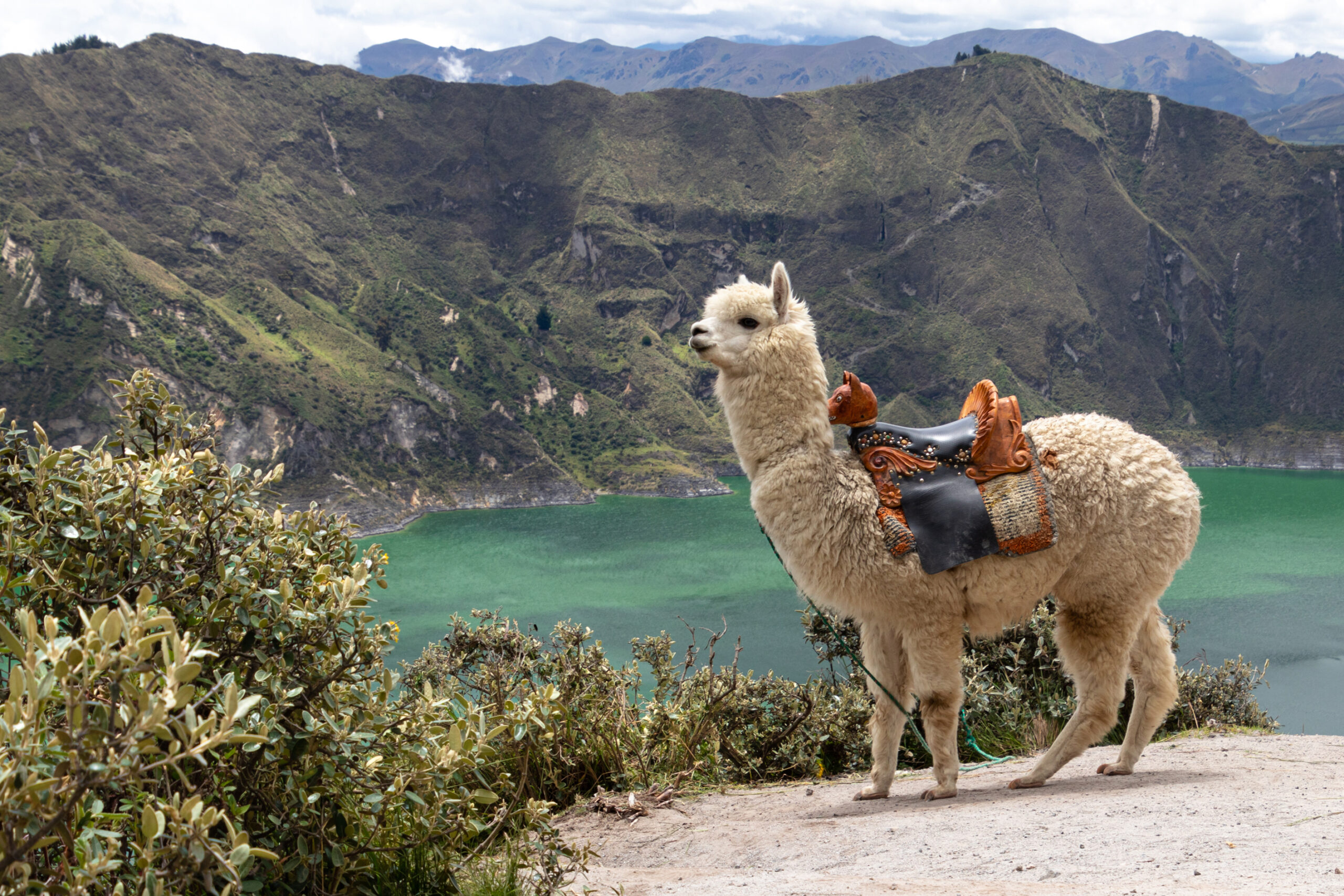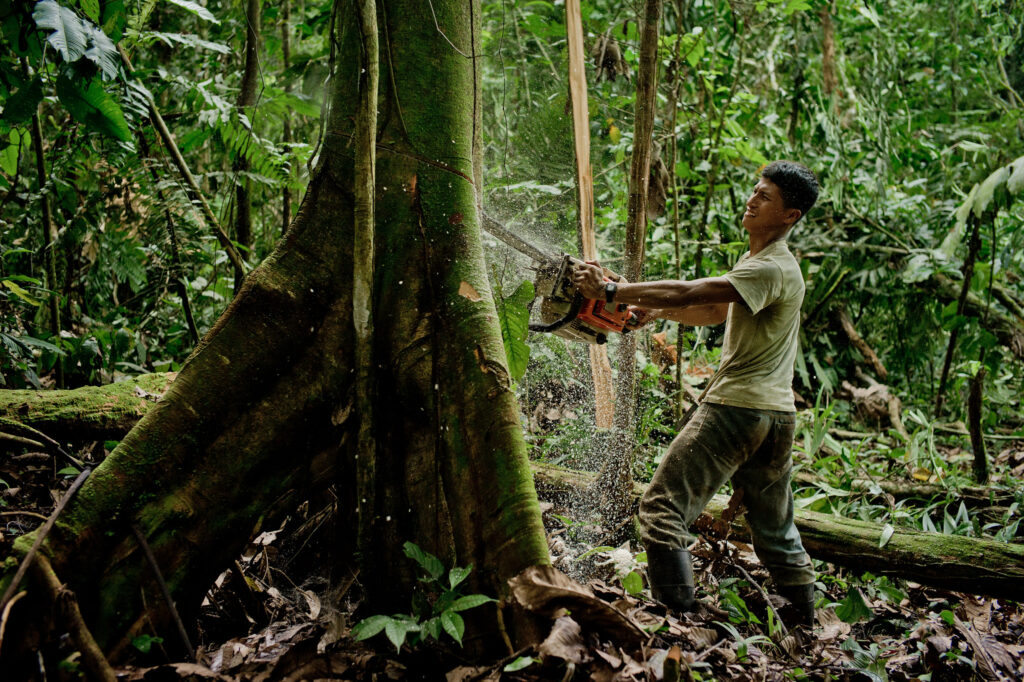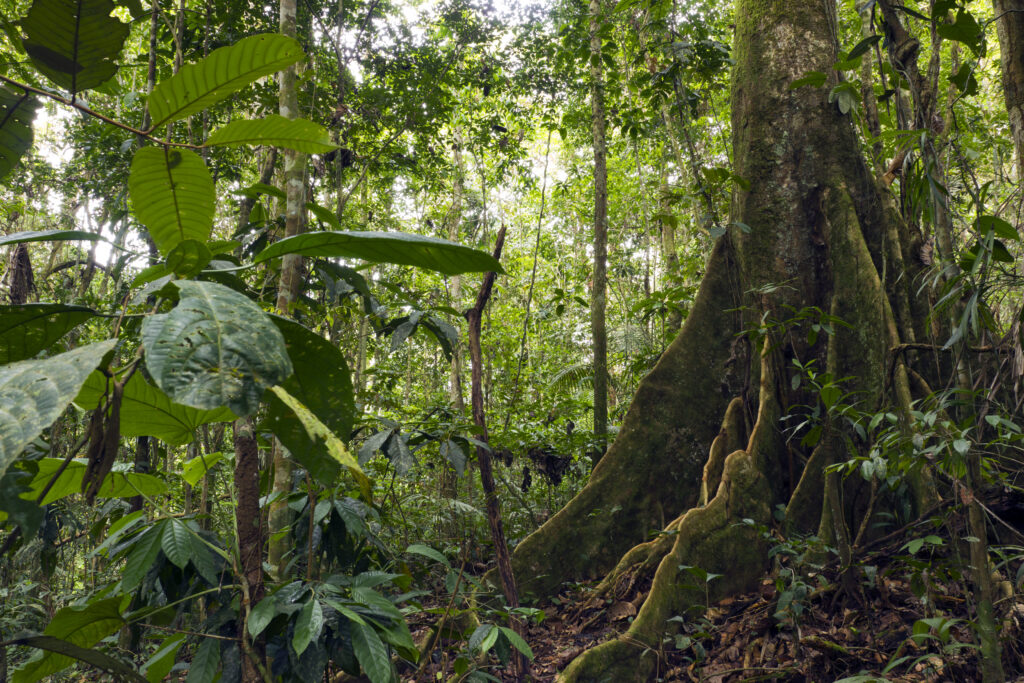
Ecuador
Ecuador’s rainforests cover almost 13 million hectares, an area larger than the size of Greece. It harbours a vast richness of animal and plant species in a variety of ecosystems, ranging from lowland rainforests to snow-capped mountains. Despite increasing deforestation elsewhere in the Amazon, Ecuador has successfully reduced deforestation over the last decade.
- Size: 276 000 km2
- Capital: Quito
- Population: 17 million
- Ethnic groups: 1,1 million people representing 14 indigenous groups
- Forested area: 130 000 km2
- Biodiversity: Ecuador is one of the 17 megadiverse countries of the world. It is estimated that the country has more plant species per unit area than any other country in South America.
Norway signed an agreement with Ecuador and Germany in June 2018. Norway and Germany committed up to 50 million USD in results-based finance through the REDD Early Movers Program (REM) operated by the German Development Bank.
By 2021 Germany and Norway had rewarded Ecuador a total of 31 million USD for verified emission reductions achieved in the years 2014-2018. Over the course of these four years Ecuador achieved a total of 112 million tonnes emission reductions.
Ecuador use the payments to invest in sustainable rural development to benefit people and forests. At least 70 % of the funds go directly to support local communities and organizations, including indigenous peoples. This includes support to Ecuador´s Socio Bosque Program, which contributes to livelihoods by paying communities to protect forests. The remaining 30 % of the funds will support key governance reforms and institutions to conserve forests.
 Photo: Tomas Munita/CIFOR
Photo: Tomas Munita/CIFOR
Ecuador is among the most biodiverse countries in the world, and the country has a significant percentage of primary forest and endemic species.
According to the Convention on Biological Diversity (CBD), Ecuador has three of the world’s top 10 biodiversity “hot spots”, and it is estimated that the country has more plant species per unit area than any other country in South America.
 Photo: Tomas Munita/CIFOR
Photo: Tomas Munita/CIFOR
Ecuador has a forest cover of about 13 million hectares, about the size of Greece.
Approximately 74% of the forest is in the Amazon, and the rest of the forest is located mainly along the coast (16%) and in the Andes (10%).
Nearly half of Ecuadorian forests is located in indigenous territories.
 Photo: Tomas Munita/CIFOR
Photo: Tomas Munita/CIFOR
Why is the Rainforest in Ecuador Destroyed?
According to the country’s National REDD+ Strategy, in the period 1990-2014, more than 90% of deforestation in Ecuador was linked to the agricultural sector, due mainly to conversion of forests to pasture.
Other products that have led to deforestation include cocoa, coffee, corn, rice and oil palm. In the coming years there is fear that the extractive industries might become an even larger threat to the forests, as mining and oil concessions have been granted on Amazon land.
Other underlying factors to deforestation include lack of land use planning, weak capacity for control and enforcement, agricultural expansion and other sectoral policies. Agricultural subsidies are still in favour of land-intensive production, including cattle farming and monoculture production.
Success in Forest Protection
Deforestation has declined gradually in recent years. About 25% of the Ecuador’s emissions come from deforestation.
From an average annual gross deforestation of 130,000 hectares in the period 1990-2000, the annual deforestation was reduced to approx. 64 000 hectares in 2017-18.
 Photo: Getty Images/iStockphoto
Photo: Getty Images/iStockphoto

